Category: Yoga Klassen
-
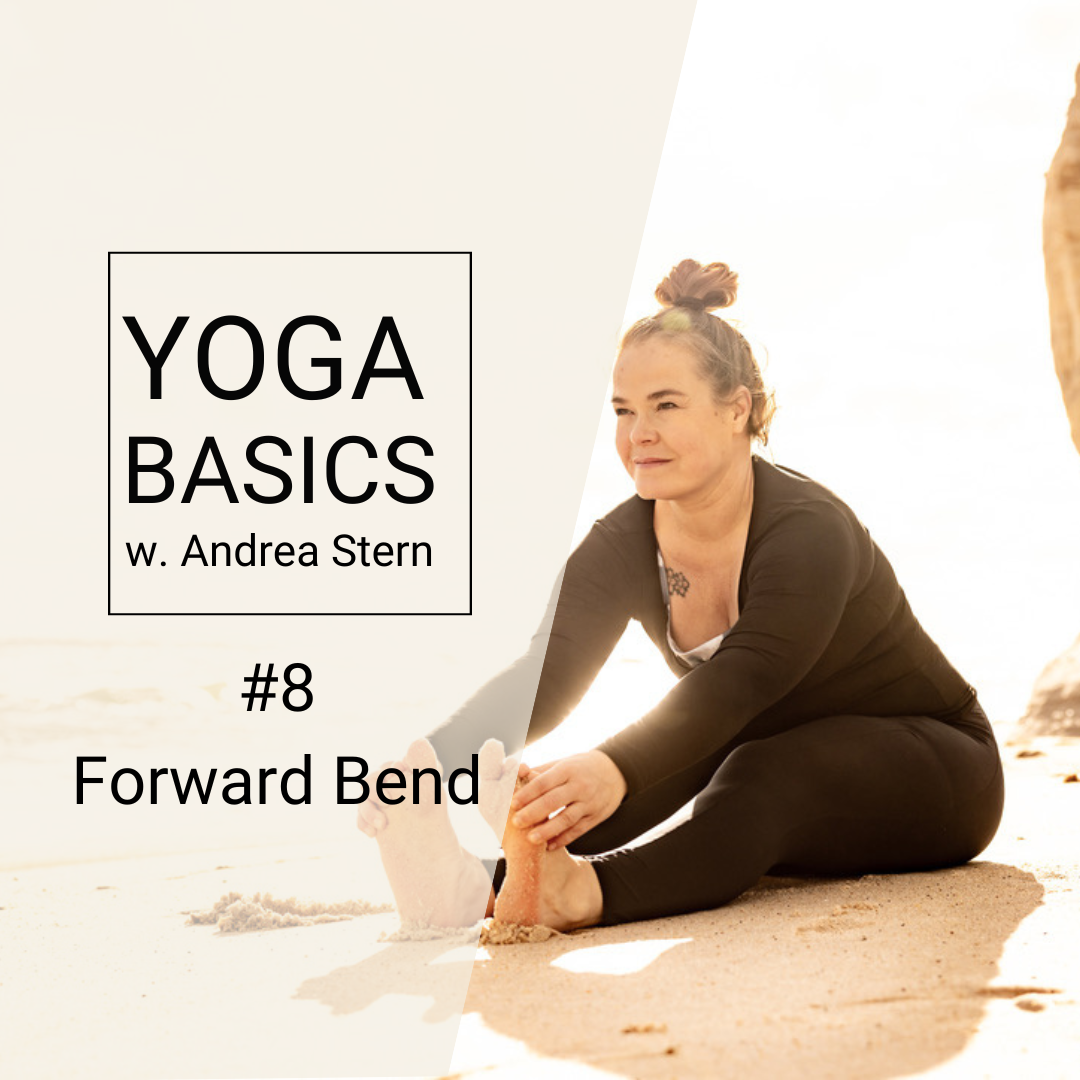
Yoga Basics #8: The Calming Power of Forward Bends
These gentle movements have a calming effect on the nervous system, inviting you to soften, let go, and cultivate a sense of humility with each breath. Forward bends gently lengthen the entire back of the body while offering a subtle massage to the internal organs. As you fold forward, your nervous system is gently guided…
-

Yoga Basics #7 – Backbends: Strengthen Your Spine, Uplift Your Energy and Heart
Backbends are a beautiful way to build strength and flexibility while inviting lightness into both body and mind. These heart-opening postures—like Cobra or Locust—gently activate the muscles along the spine, helping you develop endurance and resilience over time. Beyond their physical benefits, backbends offer something deeper. As you open the chest and expand the heart…
-

Yoga Basic #5. Core – The Center of your body
Welcome to the center—your core.In yoga, connecting to your core isn’t about sculpting a six-pack like in traditional fitness; it’s about grounding yourself, finding inner strength, and feeling truly anchored from within. These deep core muscles—primarily the transversus abdominis, multifidus, pelvic floor muscles, and diaphragm—work together to form a natural corset around your spine. They…
-
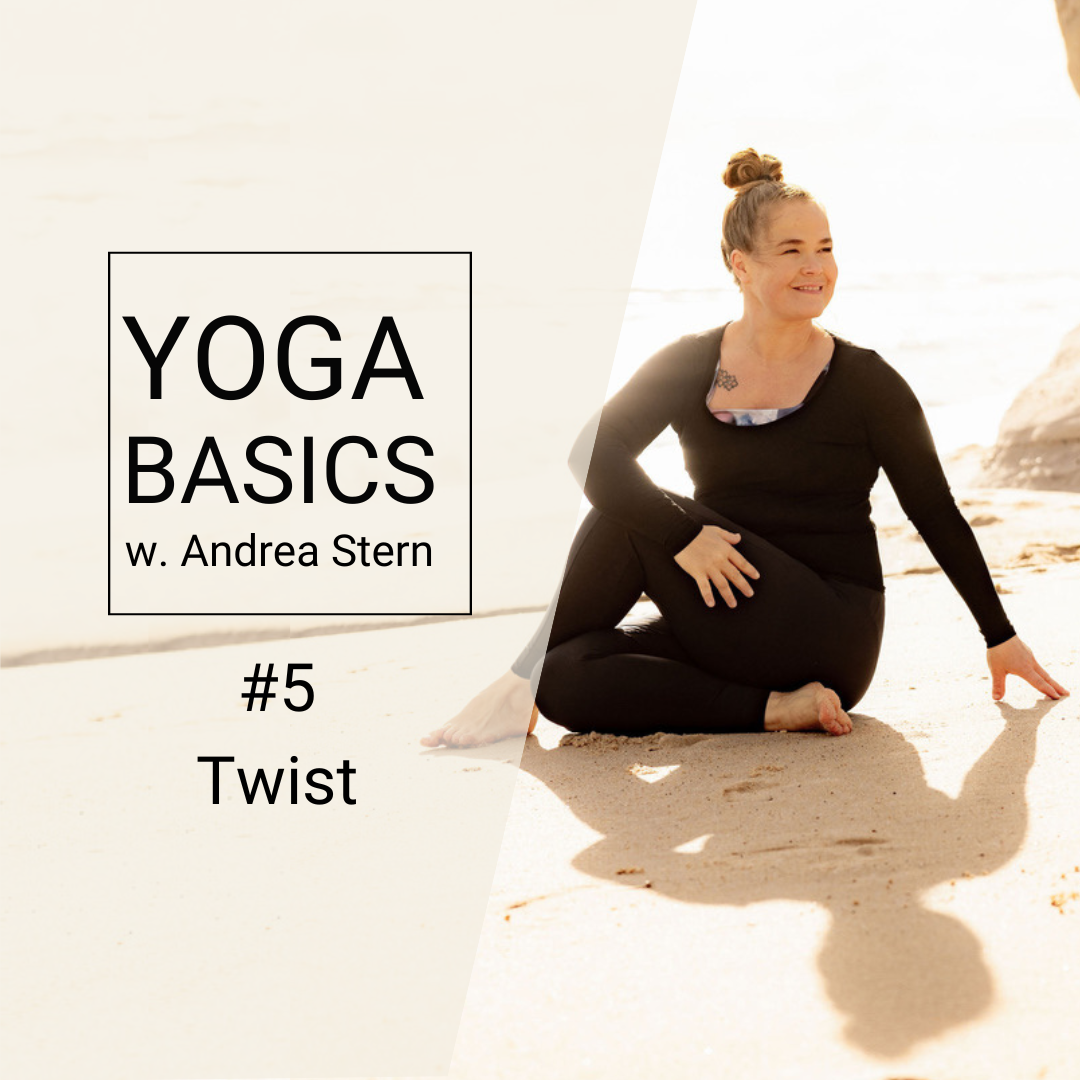
Yoga Basics #5: Twists – Awaken, Balance, Renew
Twisting poses in yoga are often underestimated, because they hold incredible power to refresh the body, center the mind, and support long-term wellness. . Why Twists Matter Twists, called counter poses. They help bring the body back into balance, especially after forward or backward bends. They are not only physically beneficial but also energetically cleansing.…
-

Yoga Basics #4 – Sun Salutation for a Powerful Start
Sun Salutation is one of the most recognized and loved yoga sequences. It combines fluid movement with strength, flexibility, endurance, and mental focus. Simple to follow and easy to practice at home, it’s a powerful way to start your day, especially in the morning, when it helps awaken the body, clear the mind, and welcome…
-
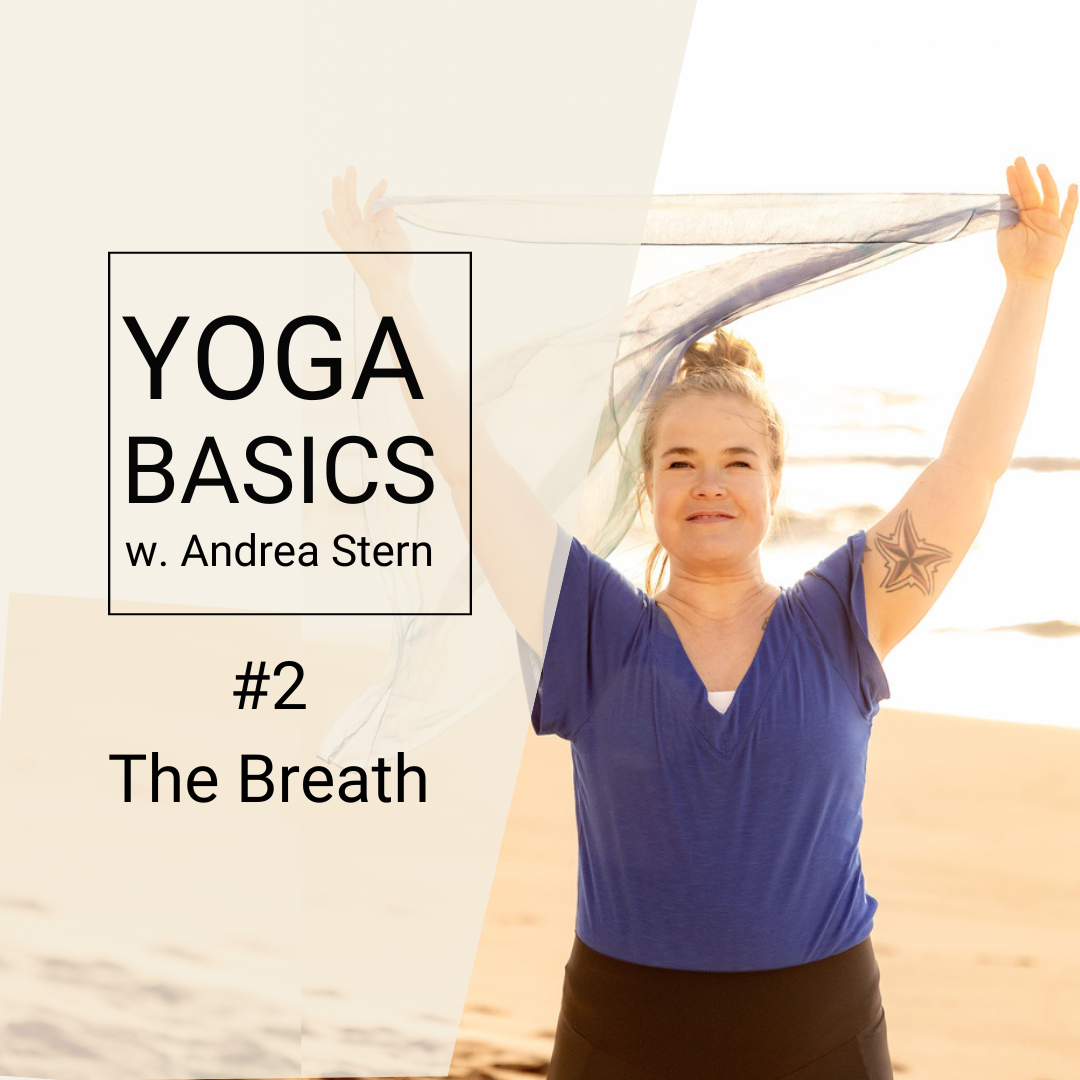
Yoga Basics #2 The Breath – Pranayama
Your Steady Companion Through Yoga Practice ! Hello,Did you know that an adult at rest breathes 12 to 20 times per minute? That adds up to about 22,000 breaths a day! Take a moment to notice your breath right now—feel the inhale and exhale. Good! Remember, breathing isn’t just a simple bodily function; it’s what…
-

Yoga Basics 1 – Yoga’s Ancient Roots – Where It Began
Hello, In our first YOGA BASIC SESSION, we will explore The Ancient Roots of Yoga. Did you know this living philosophy originated over 5,000 years ago? It was first passed down orally and comes from the spiritual teachings of the Rig Veda. One of the key texts that shaped its development is the Yoga Sutras…
-
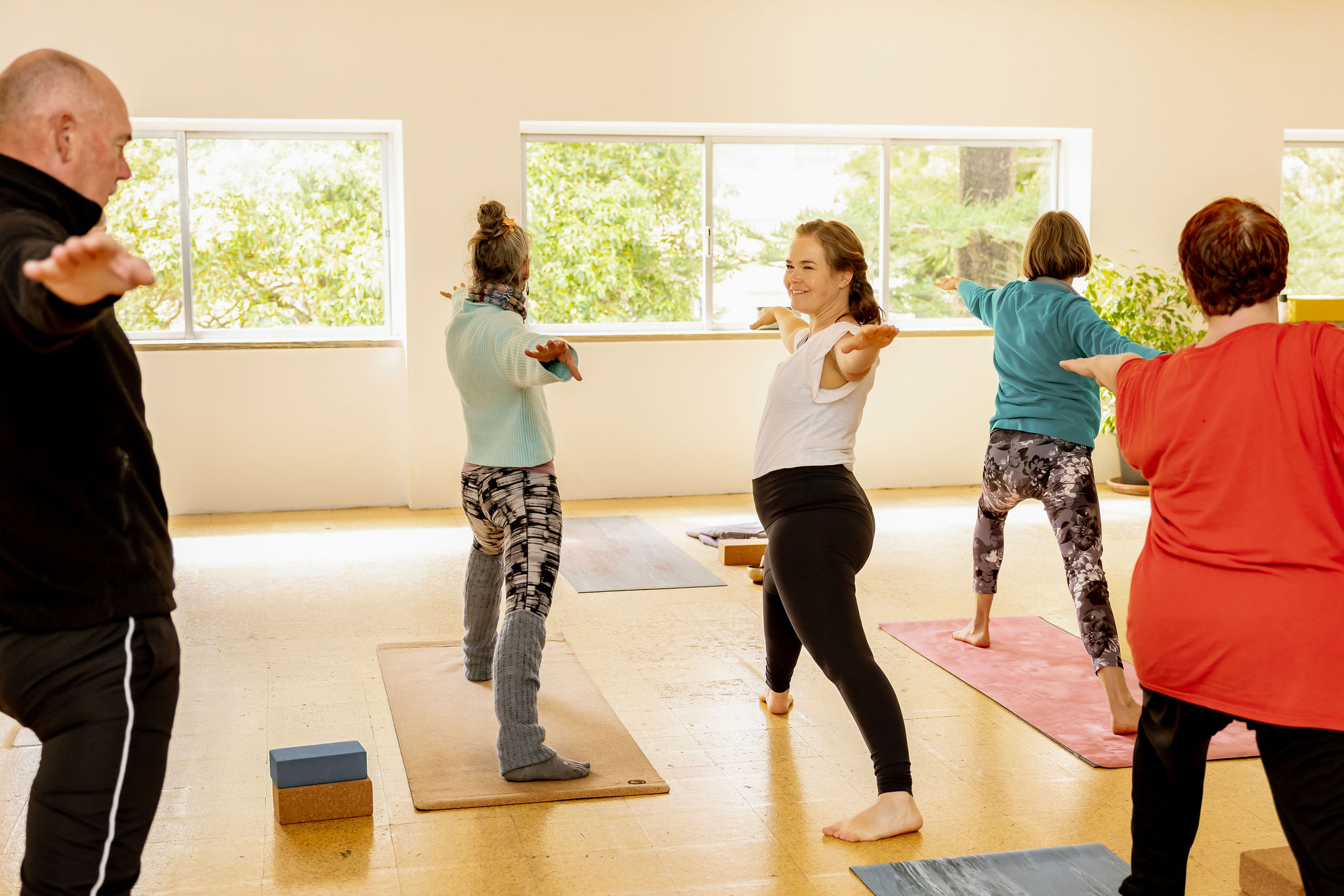
Our YOGA Classes in Caldas da Rainha
Welcome! I’m so happy you’re here. In this blog post, I’d love to share the 4 essential steps that shape our yoga classes in Caldas da Rainha. These steps create a rhythm that brings balance, connection, and mindfulness into every session. 1. Preparing the Class Each week begins with inspiration. I choose a theme that…
-

Let’s Arrive
is a call to slow down and our motto for this week. This simple phrase holds a deep meaning—it’s a reminder to take the time to settle into each pose, to truly feel and be present in both: Yoga is not just about physical movements, it’s about being fully engaged in the moment, allowing yourself…
-

The Crown Chakra
The Crown Chakra, or Sahasrara, is the highest energy center in the body, representing spiritual connection, enlightenment, and universal consciousness. It opens the mind to higher awareness and deepens mindfulness in everyday life. Location and Body Parts: The Crown Chakra is located at the top of the head, or the crown. It is associated with…
-

The Third Eye Chakra
The Third Eye Chakra, or Ajna in Sanskrit, is a key energy center that influences intuition, perception, and inner wisdom. It is often referred to as the “mind’s eye” because it allows us to access higher states of awareness and clarity beyond the physical realm. When balanced, this chakra strengthens our ability to see situations…
-

The Throat Chakra
he Throat Chakra, or Vishuddha Chakra in Sanskrit, is the fifth of the seven primary chakras and the center of communication, self-expression, and truth. Located at the throat’s base, it empowers authentic speech, deep listening, and the courage to speak your truth—think clearly, feel deeply, and stand by your words. Location and Body Parts: The…
-
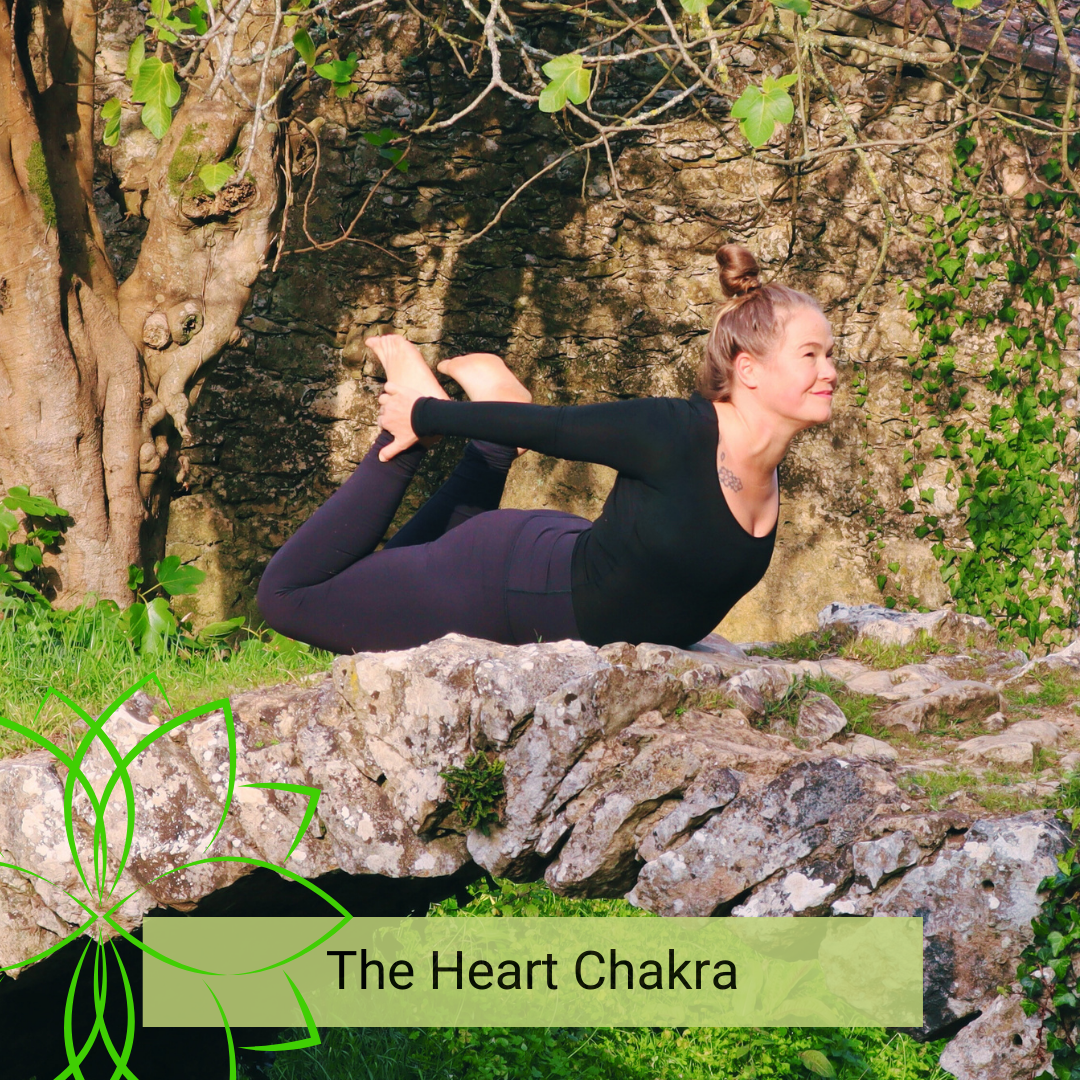
The Heart Chakra
The Heart Chakra—Anahata Chakra in Sanskrit—is the fourth chakra in the human energy system. Situated at the center of the chest, it serves as a bridge between the lower and upper chakras, connecting our physical and spiritual selves. It not only builds a connection between the physical and spiritual but also encourages true love and…
-

The Sacral Chakra
The Sacral Chakra, known as Svadhisthana in Sanskrit, is the second primary energy center in the human body’s subtle energy system, situated in the lower abdomen just below the navel. It is associated with the regulation of emotional well-being, creativity, and reproductive energy. Located in the lower abdomen, around the pelvis, and is linked to…
-

The Root Chakra
The Root Chakra, known as Muladhara in Sanskrit, is the first of the seven main chakras in the human energy system. It serves as the foundation for both our physical and energetic being. This chakra is responsible for the large intestine and its functions, as well as influencing our sense of trust and security in…